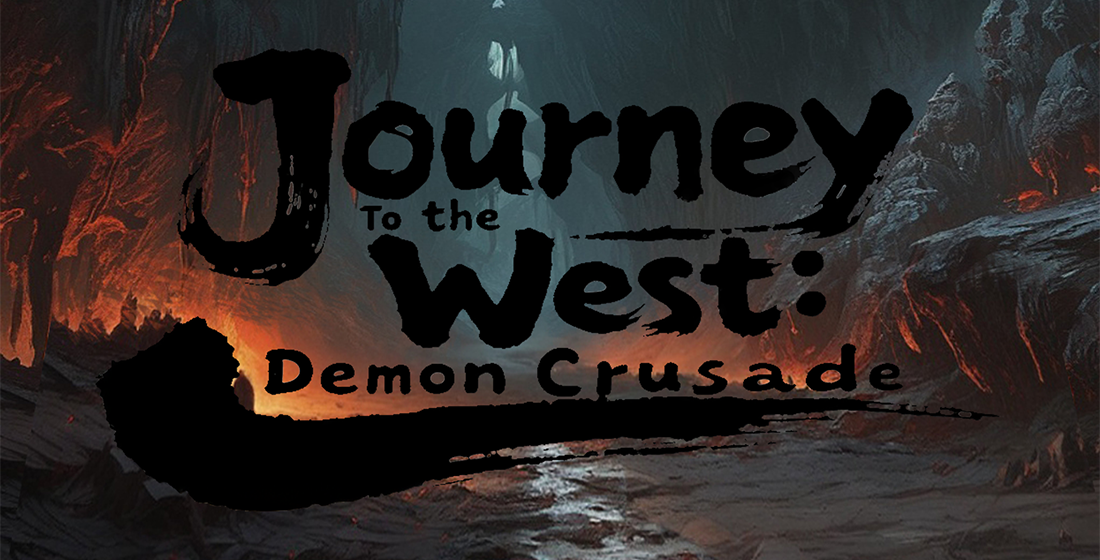Why Casual Multiplayer Games Are Revolutionizing Social Interaction in Gaming
In recent years, the landscape of gaming has undergone a significant transformation. An increasing number of players are choosing casual multiplayer games as their preferred mode of play, leading to changing dynamics in social interaction within the gaming community. But what exactly is behind this phenomenon?
The Rise of Casual Multiplayer Games
Casual multiplayer games have surged in popularity, attracting diverse audiences who may not fit the traditional gamer mold. These games often blend accessibility with social elements, making them ideal for casual gamers. Let's explore some defining characteristics of this genre.
Accessibility: The Key to Casual Gaming
One of the biggest draws of casual multiplayer games is their accessibility. They can usually be played on various platforms, from mobile phones to consoles. Games like Among Us and Fall Guys require minimal setup and can be enjoyed by players of all ages. This casual approach encourages participation among friends and family, leading to more inclusive gaming experiences.
Social Elements: Beyond Just Playing
Casual multiplayer games focus heavily on social interaction. Players are not in it just for the competition; they seek connection. Games often incorporate chat features, cooperative tasks, and team challenges, allowing players to engage with one another in real-time.
Community Building: Creating Bonds through Gameplay
Casual multiplayer games have become platforms for community building. Players often form groups, clans, and guilds. For instance, in games like Clash of Clans, players can join **good clans** to team up, strategize, and build lasting friendships. This aspect expands the social circle and enhances player retention.
The Impact of Technology on Casual Multiplayer Games
The advancement of technology, especially mobile devices and high-speed internet, has fueled the growth of casual multiplayer games. Platforms like Discord allow players to communicate effortlessly, establishing a space for companionship even outside the game. This connectivity has made it easier for players to jump into a game with friends at any moment.
Comparing Casual Multiplayer Games to Traditional Games
| Feature | Casual Multiplayer Games | Traditional Multiplayer Games |
|---|---|---|
| Accessibility | High - Easy to pick up | Medium - May need skill/proficiency |
| Social Interaction | Focused on connection | Primarily competitive |
| Game Length | Short sessions | Extended sessions |
| Player Demographics | Diverse & inclusive | Typically specialized |
Benefits of Playing Casual Multiplayer Games
- Improves Social Skills: Engaging with others fosters communication.
- Enhances Teamwork: Collaborating with teammates in-game helps improve coordination.
- Reduces Stress: The relaxed nature of these games can be a great way to unwind.
- Creates Community: Players build lasting friendships while playing.
- Fun and Engaging: The light-hearted competition and vibrant graphics attract players.
The Future of Casual Multiplayer Games
Given the sustained growth of this genre, it is likely that casual multiplayer games will continue to evolve. Developers keep introducing innovative features that add depth to gameplay while maintaining accessibility. This evolution might also see integration with AR and VR technologies, pushing the boundaries of social interaction even further in gaming.
Combining Casual Gaming with Traditional Genres
Interestingly, casual multiplayer games are beginning to incorporate elements from more traditional genres. For example, the best RPG games on PS1 have rich narratives and complex systems. Nowadays, developers blend those intense storylines with casual interactions, allowing players to explore deep narratives at their own pace, alongside friends.
Casual Multiplayer Games and Academic Research
Research indicates that these games provide significant benefits to players. Studies have shown improvements in cognitive skills, happier moods, and even valuable lessons in teamwork and concentration. These insights highlight how gaming is evolving to become not only a source of entertainment but also a beneficial social tool.
Key Takeaways
- Engagement: Casual multiplayer games prioritize social connection over competition.
- Diversity: Appeal to a broad audience transcending age and gaming skill.
- Community: Building friendships through shared experiences is a major draw.
- Innovation: Developers continue to push boundaries to enhance social interaction.
Conclusion
In essence, casual multiplayer games are indeed revolutionizing social interaction within the gaming sphere. Their accessibility and focus on community make them a medium through which players forge connections and share experiences. As this genre continues to develop, it holds the potential to lead to even broader transformations in how we view and engage with gaming together.



